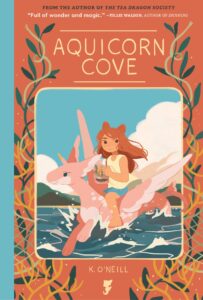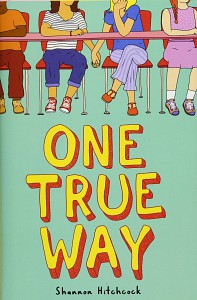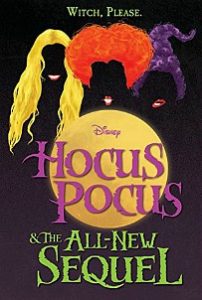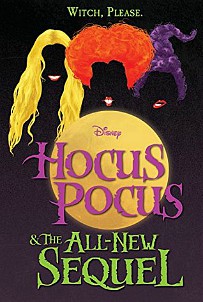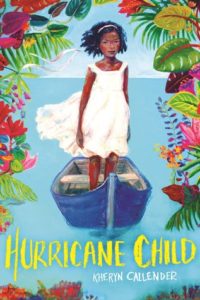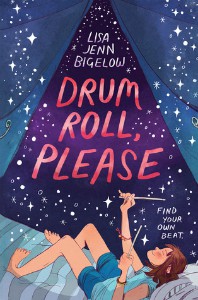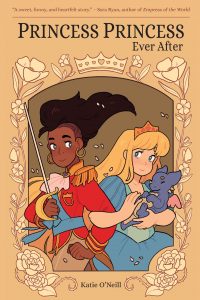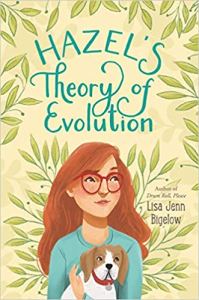 Lisa Jenn Bigelow’s Starting From Here broke my heart and put it back together again. It’s one of my favourite queer YA books. I’m still waiting for the fan poster that has Colby, Cam (from The Miseducation of Cameron Post) and Ari (from Aristotle and Dante Discover the Secrets of the Universe) all laying in the beds of their respective pickup trucks, looking up at the stars together. (I am not an artist. I need someone to do this for me.) When Bigelow’s Drum Roll, Please came out, I was eager to pick it up. It lived up to her first: a bisexual/questioning middle grade novel that has more to do with friendship and divorce and finding your voice than treating her orientation as an Issue.
Lisa Jenn Bigelow’s Starting From Here broke my heart and put it back together again. It’s one of my favourite queer YA books. I’m still waiting for the fan poster that has Colby, Cam (from The Miseducation of Cameron Post) and Ari (from Aristotle and Dante Discover the Secrets of the Universe) all laying in the beds of their respective pickup trucks, looking up at the stars together. (I am not an artist. I need someone to do this for me.) When Bigelow’s Drum Roll, Please came out, I was eager to pick it up. It lived up to her first: a bisexual/questioning middle grade novel that has more to do with friendship and divorce and finding your voice than treating her orientation as an Issue.
So, of course, I jumped on her newest middle grade book: Hazel’s Theory of Evolution. This one follows a character with two moms, but we’re not in the 90s anymore: that’s not the point of this story. Hazel has just moved schools, which means that she’s been split from her best friend–her only real social safety net. At her new school, she feels isolated and weird. No else seems to understand her respect for earthworms… Her feelings are vented in her Guide to Misunderstood Creatures. Meanwhile, she’s reluctantly making new friends, including Yosh, a sarcastic guy with a mohawk who uses a wheelchair. She’s also bumped into a familiar face from her old school, who is now going by a different name and pronouns.
The biggest tension in this book, though, is that Hazel’s mom is pregnant. Again. And everyone seems determined to be cheerful and optimistic about this–despite the fact that she’s already gone through two miscarriages that were emotionally devastating for the whole family. Hazel feels trapped, unable to voice her fear and anger that she’s chosen to get pregnant again, and unwilling to confide to anyone outside of the family. In health class, she adds the names of her two miscarried siblings onto her family tree–and then erases them. Adds them again. Erases them.
Bigelow is masterful at exploring complex relationships between characters, which makes this story shine. Hazel is flawed and frustrated, making assumptions and asking awkward questions, but always from a place of caring. As her friends start to show romantic interest in others, she feels even more lost. This is the first middle grade book that I’ve seen explore the concepts of asexuality and aromanticism. Like Drum Roll, Please, Hazel is still figuring herself out, but it’s affirming just to see that possibility brought up in a middle grade.
You don’t have to decide any of those things now. Life may surprise you. But whatever happens, whatever you decide is right for you, all of those things are okay. And when I say okay I mean good. There are so many good ways to be in this world.

